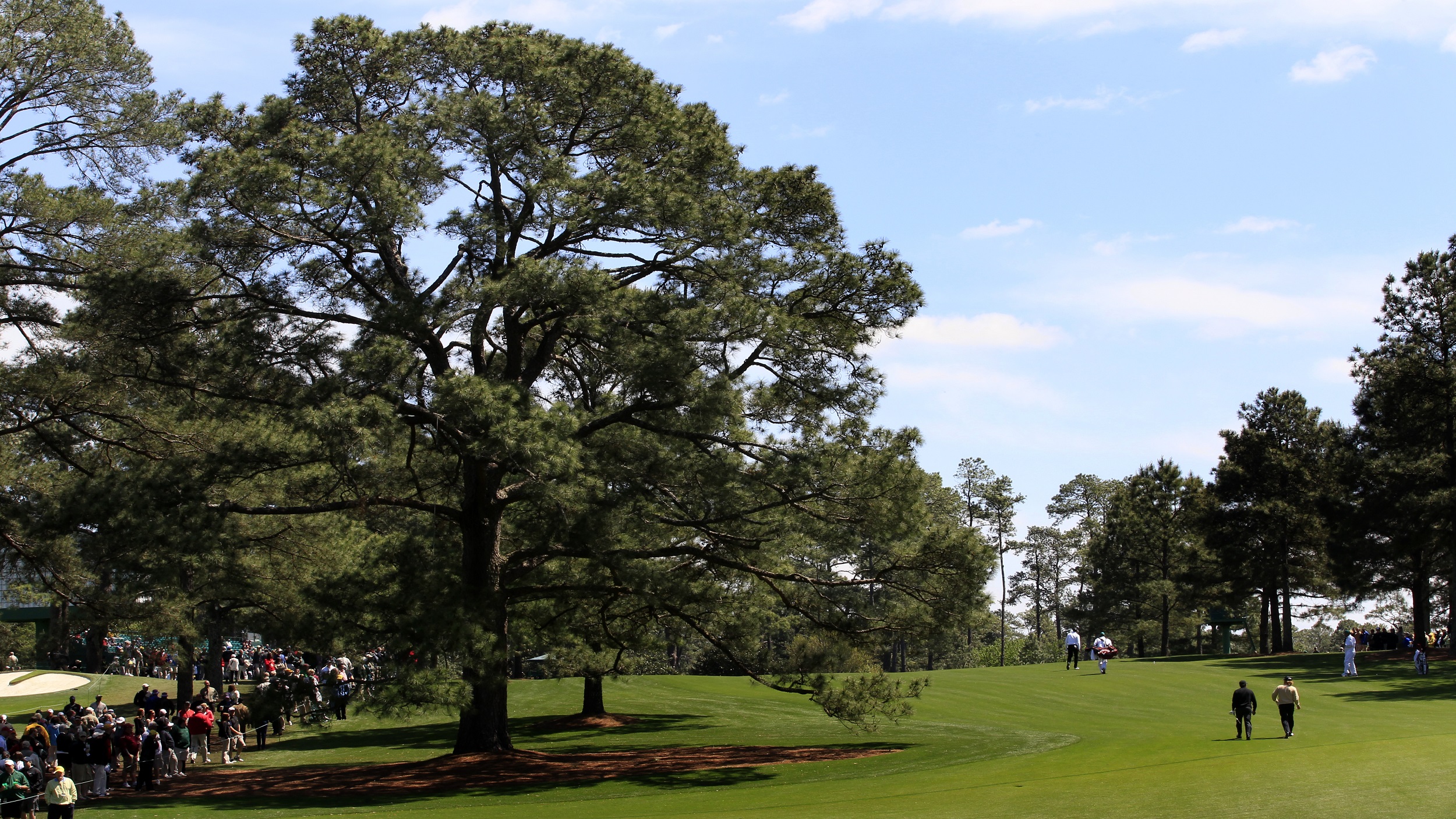The Five Biggest Recent Changes To Augusta National For The Masters
Augusta National has regularly made changes for The Masters to keep up with the times, here's the five biggest ones of recent years


As the host of the first Major of the year, Augusta National has become an iconic course in the world of golf, but how has it changed recently to make The Masters more of a challenge?
A lot has changed since Augusta National opened its doors in 1932 and first staged The Masters in 1934, and of late there are almost annual tweaks made to keep up with distance gains and modern club and ball technological advancements.
For 2024 there's somewhat of a minor change as the par-five second hole - called Pink Dogwood - has been lengthened by 10 yards by the tee box being moved back and to the left.
The second is now the longest hole on the course at 585 yards - in what's a rare change to that particular hole and nothing as headline-making as some of the other recent alterations.
The 13th tee box

One of the most eagerly-awaited moves came in 2023 when Augusta National made a landmark change to the famed 13th hole after buying land from neighbouring Augusta Country Club.
The tee was moved back a full 35 yards and elevated eight yards, all with the aim of making the hole a true risk and reward par five - as scoring averages had dropped dramatically with the distance modern pros hit the ball.
By reducing the chances of players being able to boom a drive over the dogleg, the changes made it harder for players to simply overpower the 13th - especially if conditions were soft.
Subscribe to the Golf Monthly newsletter to stay up to date with all the latest tour news, equipment news, reviews, head-to-heads and buyer’s guides from our team of experienced experts.
The changes really brought the hole back to the test Bobby Jones and Alister Mackenzie had initially envisioned.
Par 3 course revamp
Also a new change, just in 2023, was a that the par three course was given a bit of a facelift in order to give "an enhanced viewing experience for patrons" according to Augusta National.
Designed by Jones acolyte George Cobb at the end of the 1950s, the stage for the annual Par Three Contest on the eve of The Masters had some significant changes.
Trees were removed and rerouting of the first five holes made "to make for wider corridors for patrons to move around and to open the viewing options" said the club.
New resurfaced greens were also introduced with different grass to the club's traditional one, which would act as a "testing ground" for possibly including new grasses on the course proper.
The 11th, 15th & 18th lengthened in 2022
In 2022, Augusta National opted to lengthen three of their iconic holes by pushing the tees back on 11, 15 and 18.
Organisers added 15 yards to the 11th and moved the tee to the left while re-shaping the fairway and removing several trees down the right.
The tee box on 15 was moved 20 yards back with again some re-shaping of the fairway, while at the finishing hole the back of the tees had 13 yards added without needing to add extra official yardage to the hole.
Eisenhower tree removed

Not a planned renovation, but still a huge moment in Augusta history as the famous Eisenhower Tree that had become synonymous with the 17th hole had to be removed.
An ice storm in 2014 caused irreparable damage and the iconic pine that had stood guard down the left side of the fairway for 50 years had to be removed - with the decision taken to not replace it.
It was named after US president Dwight D. Eisenhower who had called for its removal at a 1956 club meeting, but in the end it was Mother Nature who finally got rid of the 125-year-old pine tree that had gobbled up so many golf balls over the years.
The 5th tee lengthened
For the 2019 Masters, Augusta National made a dramatic move on the 5th hole by moving the tee back some 40 yards from the previous one.
Like with the more recent 15th renovation, the move came after the club bought up some of the surrounding land that allowed them to reroute Old Beckermans Road to accommodate the change.
It was already a tough hole, but by extending it to 495 yards then the fifth became an even more daunting prospect.

Paul Higham is a sports journalist with over 20 years of experience in covering most major sporting events for both Sky Sports and BBC Sport. He is currently freelance and covers the golf majors on the BBC Sport website. Highlights over the years include covering that epic Monday finish in the Ryder Cup at Celtic Manor and watching Rory McIlroy produce one of the most dominant Major wins at the 2011 US Open at Congressional. He also writes betting previews and still feels strangely proud of backing Danny Willett when he won the Masters in 2016 - Willett also praised his putting stroke during a media event before the Open at Hoylake. Favourite interviews he's conducted have been with McIlroy, Paul McGinley, Thomas Bjorn, Rickie Fowler and the enigma that is Victor Dubuisson. A big fan of watching any golf from any tour, sadly he spends more time writing about golf than playing these days with two young children, and as a big fair weather golfer claims playing in shorts is worth at least five shots. Being from Liverpool he loves the likes of Hoylake, Birkdale and the stretch of tracks along England's Golf Coast, but would say his favourite courses played are Kingsbarns and Portrush.